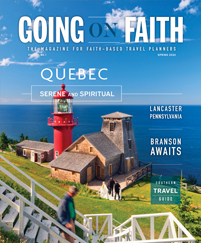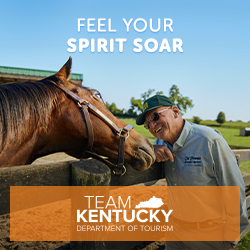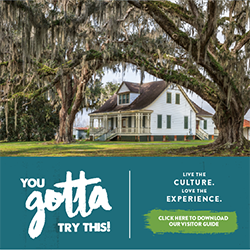Macon, Georgia
Macon’s musical heritage may be a newer phenomenon than many other Southern music capitals, but with bands like the Allman Brothers, powerhouse producers like Capricorn records, and smash-hit solo artists like Otis Redding coming up there, it’s the undeniable heart of modern Southern rock and soul.
One of the best ways to get the lay of the land is to take your group on a Rock Candy tour and request Jessica Walden as your guide. One of the company’s owners, Walden offers an especially detailed introduction to Macon’s music history by incorporating stories from her upbringing as the daughter of Capricorn Records founder Phil Walden. Groups can opt for a step-on guide for a customized driving tour or use Rock Candy as a Friday or Saturday night outing. The walking tours can be customized in length, but typically run two and a half to three hours.
Macon’s must-see music stop is the Big House Museum, dedicated to the Allman Brothers Band. The house where the musicians lived, worked and cultivated their unique sound has been restored and redecorated to what the house looked like in the musicians’ day, with memorabilia creating individual bedrooms bringing each band member’s style to life. By appointment for groups, private tours are also available at The Douglas, a historic music venue where Phil Walden discovered Otis Redding.
For a musical meal, bring your group to H&H, a local soul food restaurant run by Mama Louise.
“When the Allman Brothers were a struggling band, you could tell they were kind of up-and-coming, and they got up the nerve to ask if they could have one plate of food to share,” said Macon-Bobb County Convention and Visitors Bureau director of communications Valerie Bradley. “She formed a relationship with the band, and they took her on the road with them on tour. She’s still alive and has a chair behind the counter.”
Charleston, West Virginia
From its days in the early 1940s through the 1960s as a key stop on the “chitlin’ circuit” for Southern African-American musicians like Nat King Cole and James Brown to today, as the home of National Public Radio’s “Mountain Stage,” Charleston has long been a regional focal point for both the largest acts in Appalachian music and touring national stars.
“We have live music every night because we’re the home of ‘Mountain Stage,’ which is like ‘Austin City Limits’ but older,” said Alisa Bailey, CEO of the Charleston Convention and Visitors Bureau. “A lot of musicians have been attracted to the city because of that and the Maier Foundation Performance Hall at the Clay Center for the Arts, which is arguably the third-best acoustic hall in the world because when they built it, it was across from the hospital, and they could hear the helicopters, so they redid the acoustics.”
Beyond the Clay Center and Stage, which hosts national acts like Diana Ross and Taylor Swift, the free summer concert series Live on the Levee and bluegrass-focused bars Milton Opry House, Bluegrass Kitchen and The Empty Glass offer groups more casual ways to take in the local music scene. You can even charter a boat and enjoy the Live on the Levee shows from the water, as the amphitheater is right on the riverfront.
Meanwhile, “often after performances of ‘Mountain Stage,’ the featured performers can be seen jammin’ at the Empty Glass for the Post Mountain Stage Jam,” said Bailey. “[It’s] comparable to a 40-person VIP experience, a room filled with people from the show and Grammy-winning and nominated musicians.”
New Orleans
New Orleans may be the birthplace of jazz as we know it, but its musical roots run much deeper and broader. A melange of immigrants in the colonial years — from French to Spanish to African — created a heady framework of local musical flavor when ragtime rose to national prominence in the beginning of the 20th century. To differentiate the New Orleans variation from the growing national style, jazz began first as Dixieland with brass marching bands accompanied by dancing, before morphing into the more bluesy style associated with New Orleans today.
To orient groups to the local music, begin at the New Orleans Jazz Historical National Park, where the Preservation Hall venue can host private groups for a two-hour event that includes a live performance, a question-and-answer session with musicians and a private tour of the hall.
Though it’s hard to miss the music scene wandering the popular French Quarter and Frenchmen Street areas, New Orleans Convention and Visitors Bureau sales manager Thu Tran said the perfect jazzy day in New Orleans begins with a jazz brunch, followed by a visit to the national park, free time in the French Quarter, and a dinner jazz cruise along the Mississippi or a visit to Mulate’s on the river, which bills itself as the original Cajun restaurant and features live music and dancing every night.









